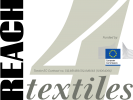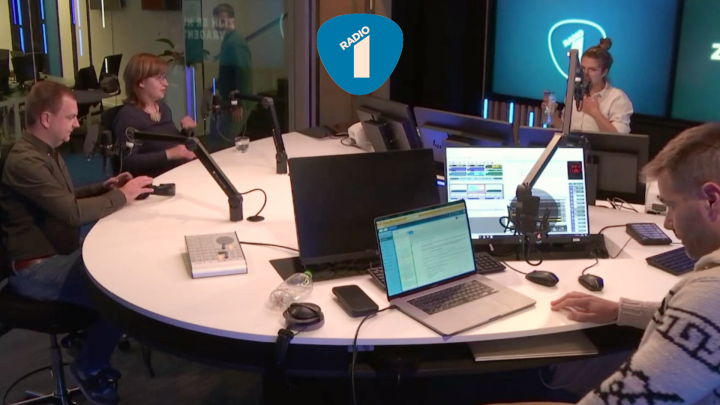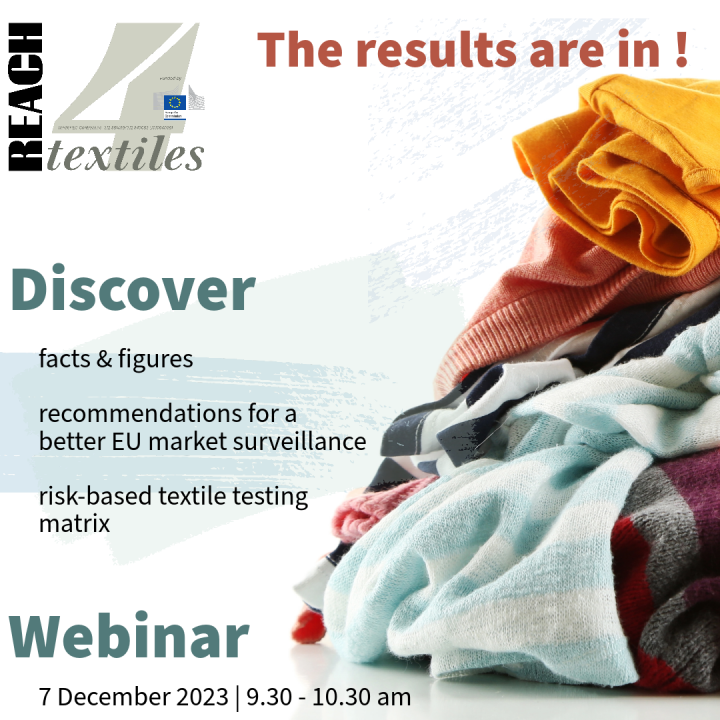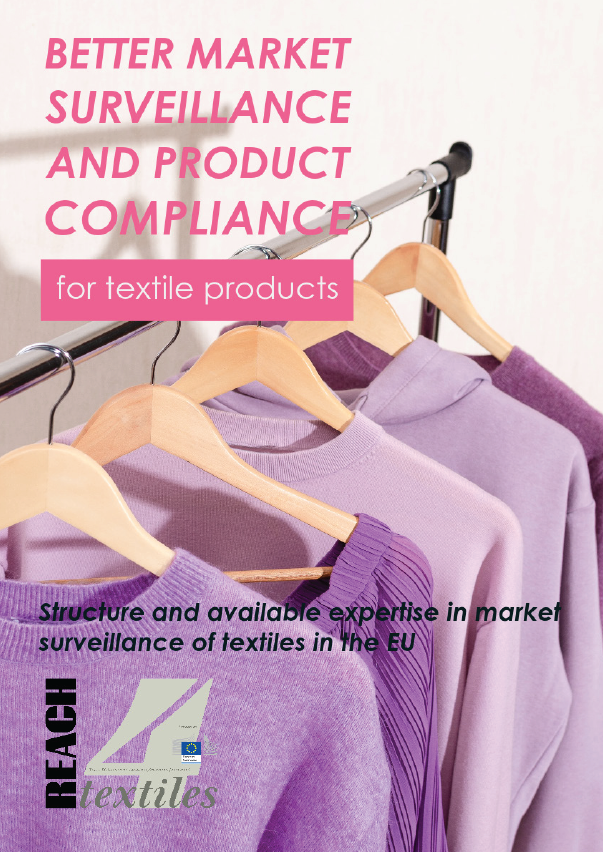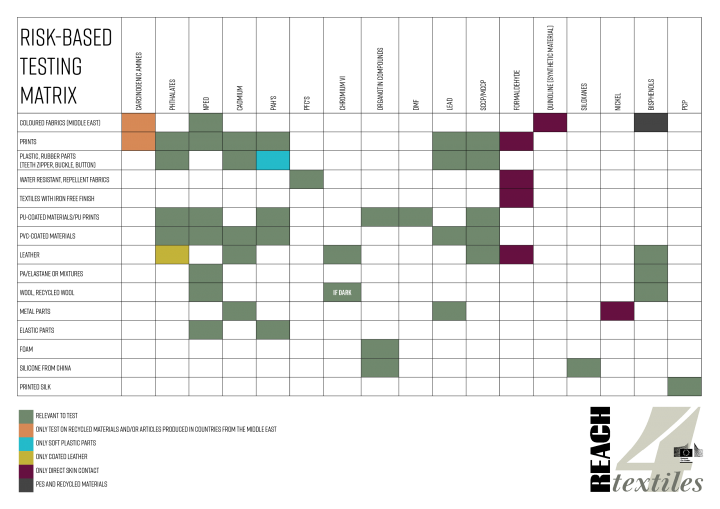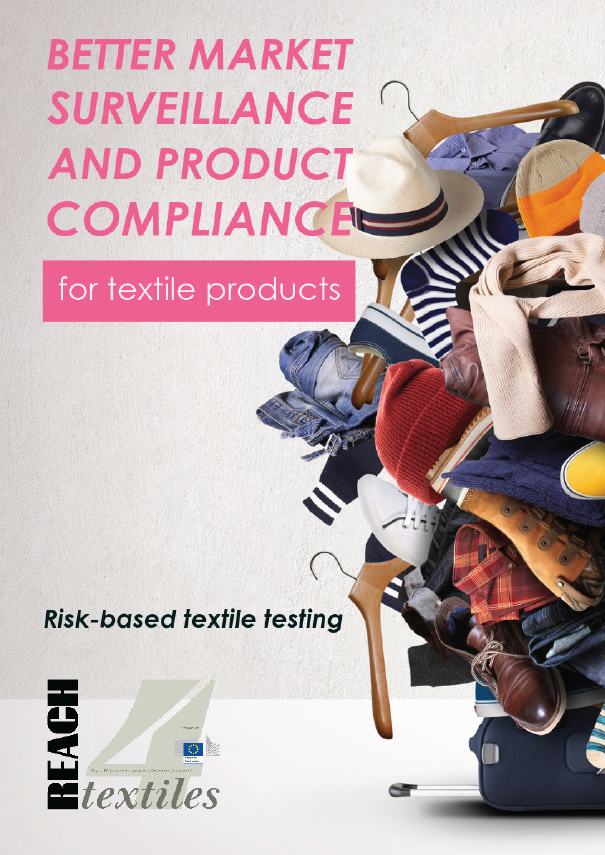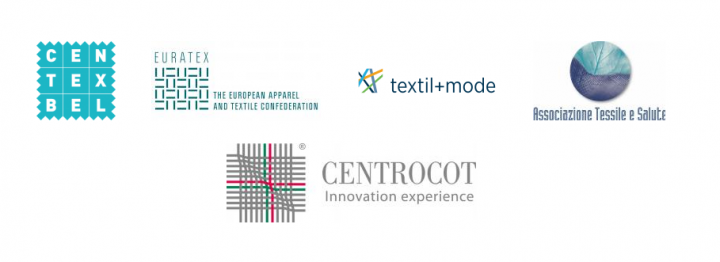REACH4Textiles, an exploratory, two-year study commissioned by the European Commission shows that although the vast majority of our clothes do not appear to contain substances of concern, gaps in REACH compliance can be found. Together with our European partners (Euratex, Textil+Mode, Tessile e Salute, Centrocot), Centexbel purchased 160 pieces of textiles in different member states between May 2022 and February 2023.
The items were sampled both online and in fast-fashion clothing shops, outlets and at local markets. 26 items - or just under 16 per cent of the pieces - did not comply with REACH, including baby clothes, underwear, swimwear, pyjamas and regular clothing.
Our findings were in line with an earlier study by Greenpeace, which bought garments on the Chinese site Shein. 15% of these were found to be non-compliant.
Those small residues of chemicals are not yet an immediate threat to public health, but they are a risk to the environment in the long run. The fact that such items get past customs may encourage non-EU suppliers to be more lax about the strict rules. It also undermines European textile companies. Non-European countries already produce some 80 per cent of all clothes that enter circulation each year.
The aim of REACH4Textiles
Funded by the European Commission, REACH4Textiles aimed at exploring solutions for fair and effective market surveillance on textile products.
Every year, about 28 billions of garments circulate across Europe, 80% of which are imported from outside the EU and its jurisdiction. Inevitably, such huge volumes pose enormous challenges for market surveillance authorities which are called to ensure that uncompliant dangerous products are kept away from the EU citizens.
The European Union has the world most comprehensive chemical legislation which is set to protect consumers, the environment and, theoretically, even the competitiveness of the business. Such EU chemical legislation evolves constantly, increasing scope and ambition. New restrictions impact authorities and sectors like the European textile value chain and generate new costs for all actors.
Evidence suggests that this advanced regulatory framework is not completed with an equally advanced or effective EU-wide control system capable of ensuring compliance, especially in the case of imported products.
Aiming at exploring solutions for fair and effective market surveillance on textile products, the project pooled together the key actors to address three objectives:
- Keep non-compliant products away from the single market.
- Increase skills and knowledge
- Support a Network addressing chemicals in textiles and applying EU regulation 2019/1020
The results and findings of REACH4Textiles
REACH4Textiles has outlined the relevant market surveillance authorities for textiles in Europe, potential overlaps and cooperation levels between the authorities with a particular focus on the enforcement of textile labelling and textile REACH compliance in EU Member States and the EEA, Switzerland and Turkey.
REACH4Textiles has also conducted two testing campaigns (160 articles were tested by means of 2374 tests) of which you will find the main findings on this summary webpage
press articles
- The study was discussed in the Belgian press and news channels (Knack magazine, OM, De Standaard, De Morgen, Le Soir, Apache, vrt nieuws)
- Radio 1 interview on December 8, 2023 with Stijn Steuperaert (Dutch spoken):
- Zijn er nog Vragen? Hoe gevaarlijk of ongezond is mijn kledij? part 1 (11') & part 2 (8')
Want to know more?
We kindly invite you to attend this free-of-charge webinar on December 7, 2023 from 9.30 am to 10.30 am
Structure and available expertise in market surveillance of textiles in Europe
The report makes a number of recommendations based on its findings that the approach to market surveillance varies widely between EU Member States.
Risk-Based Textile Testing
Based on the results of 2 campaigns that tested a range of chemical components in 160 complex articles, a risk-based testing matrix was developed that identifies exactly which chemicals need to be tested.
Project partners
Acknowledgement
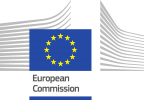
European Commission, Directorate General XII
Tender EC Contract no. S12.851459/S12.849063 (101064066)





